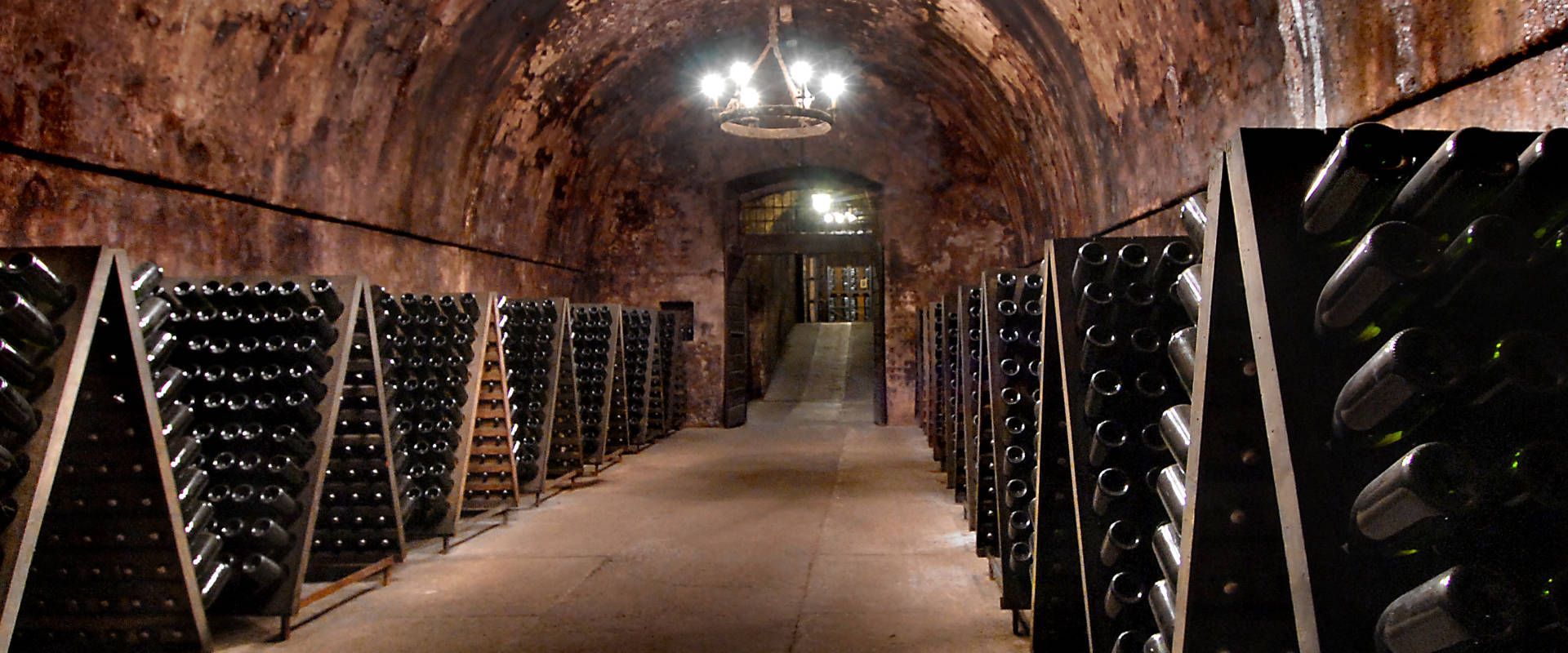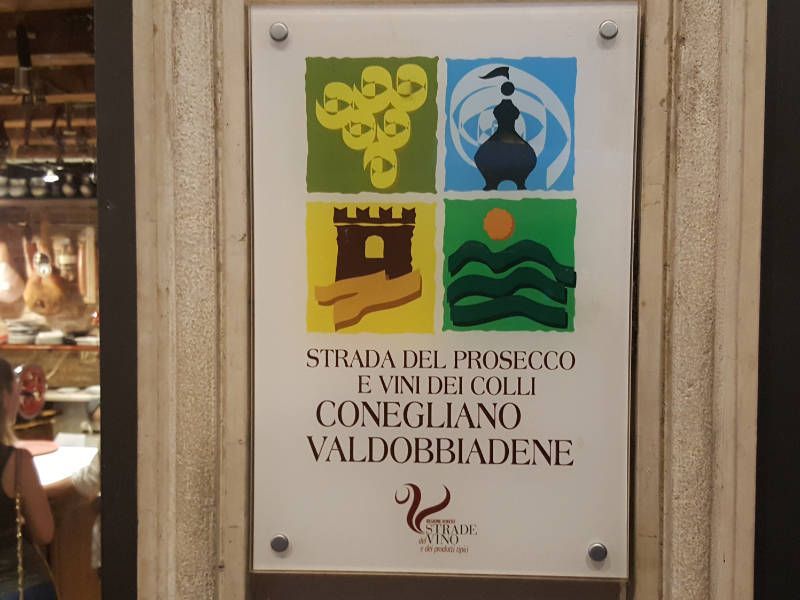Discover Italy’s Tastiest Bubbles | 2025
Italian Sparkling Wine (a.k.a. “Italian Champagne”)
We all know Italy for its beautiful wines -crisp whites, bold reds, and those gorgeous summer rosés. But did you know Italy also makes some of the world’s most delicious sparkling wines?
From north to south, almost every region in Italy produces its own bubbles. Some of these sparkling wines are made for export—think of the beloved Prosecco -while others, like Franciacorta DOCG, are mostly enjoyed right at home by the Italians themselves.
So what exactly are these sparkling wines all about? What’s the difference between Champagne, Prosecco, and all those other bubbly names we hear?
Let’s dive into the effervescent world of Italian bubbles together. 🍾
Ready to join me?

Italy’s Most Famous Sparkling Wines
Sparkling wines are made all over Italy, but a few regions truly stand out. Let’s take a little tour of the best-known ones.
Franciacorta DOCG
If you’re looking for Italy’s answer to Champagne, this is it.
Franciacorta comes from a stunning region between Milan and Verona, near Lake Garda. These wines are made using the same traditional method as French Champagne—meaning the second fermentation (where the bubbles are born) happens right inside the bottle. Elegant, refined, and oh-so-special, Franciacorta is the bubbly Italians reach for on truly special occasions.
Prosecco DOCG and Prosecco DOC
Ah, Prosecco -the world’s favorite Italian sparkle! Whether you’re sipping it on a sunny terrace or celebrating with friends, Prosecco brings instant joy to any moment.
Made primarily from the Glera grape, this cheerful wine is produced using the Metodo Martinotti (also called the Charmat method), where the bubbles form in large steel tanks. Want to know more? Dive into the world of Prosecco -it’s a whole sparkling universe waiting to be discovered!
Asti Spumante DOCG
Heading west to Piedmont, you’ll find another gem: Asti Spumante. Made from the fragrant Moscato Bianco grape, this wine is soft, sweet, and wonderfully aromatic—perfect for brunch or dessert. Like Prosecco, it’s made in stainless steel tanks, which keeps it bright, fresh, and full of fruity charm.
From Still Wine to Sparkling Magic
Let’s take a moment to appreciate how ordinary grapes turn into these glorious bubbles we love.
It all starts quietly in the vineyard:
- In winter, the vines rest and are carefully pruned.
- In spring, they burst into flower.
- In summer, the grapes ripen under the warm Italian sun.
- And in autumn, the harvest begins!
Up to this point, the process is the same for any wine. Once the grapes are pressed, the juice begins its first fermentation. Here, natural sugars turn into alcohol and carbon dioxide - but that CO₂ escapes, so the wine stays still.
Now comes the fun part: the second fermentation, where the magic happens.
Winemakers add a mix of sugar and yeast, and this time, they don’t let the gas escape. Whether it’s inside a bottle or a sealed steel tank, the trapped carbon dioxide creates those joyful little bubbles we all adore.
In a moment, I’ll tell you more about the two main methods Because how those bubbles are born makes all the difference.
Metodo Classico
(also known as Méthode Traditionnelle / Metodo Tradizionale / Champenoise)
If you’ve ever wondered how those elegant, tiny bubbles find their way into a bottle of Champagne - or Italy’s own Franciacorta - here’s where the magic happens.
The Metodo Classico is the most traditional and famous way to make sparkling wine. In this method, the second fermentation (the one that creates the bubbles) takes place inside the bottle itself.
After the first fermentation, the base wine is poured into thick, sturdy bottles. Then, a mixture of sugar and yeast is added before sealing the bottle with a crown cap. As the yeast does its work, it produces carbon dioxide — but since the bottle is sealed, the gas can’t escape. Voilà! That’s how the bubbles are born.
Over time, the yeast cells finish their job and settle in the neck of the bottle. Winemakers slowly and carefully twist the bottles by hand, a quarter turn at a time, helping the sediment move toward the neck.
Once all the sediment is collected, it’s time for a fascinating step called “sboccatura” (or dégorgement in French). The neck of the bottle is frozen, and when the cap is removed, the pressure from the wine’s own bubbles shoots the frozen plug of sediment right out. The bottle is then topped up with a small amount of wine - sometimes with a touch of sugar - and finally sealed with the classic mushroom-shaped cork.
The best-known Italian sparkling wine made using this traditional method is Franciacorta DOCG, produced in the beautiful Lombardy region between Milan and Verona. (If you ever get the chance to visit, a tasting there is an absolute treat!)
And, of course, this is the same time-honored method used for Champagne from the Reims and Épernay regions of France.
Metodo Martinotti
(also known as the Charmat method)
Now let’s look at another style — a little more modern, a little more practical, but just as delightful in its own way.
The Metodo Martinotti, or Charmat method, is a different way of making sparkling wine. Here, the second fermentation happens in sealed stainless steel tanks rather than in individual bottles. This makes the process faster, simpler, and a bit more affordable — without losing that joyful sparkle.
The result? Lively, fresh, and fruit-forward wines - like the world-famous Prosecco from the Veneto region. Another wine made this way is Asti Spumante from Piedmont - a little sweeter, because its first fermentation is stopped early, leaving some of the grape’s natural sugars intact.
So, whether you prefer the complexity of a Franciacorta or the easy-going charm of a Prosecco, both owe their bubbles to a fascinating bit of winemaking craft — one classic and slow, the other bright and modern.

Prosecco Col Fondo
Did you know there’s a third, lesser-known type of Prosecco? It’s called Prosecco Col Fondo, and it’s something truly special — a rustic, old-school version that takes you right back to how Prosecco used to be made before all the modern technology came along.
Unlike regular Prosecco, which is made using the Metodo Martinotti (where the second fermentation happens in large sealed steel tanks), Col Fondo goes the traditional route: the second fermentation happens inside the bottle.
The first part of the process is the same as the Metodo Classico — the base wine is bottled with a bit of sugar and yeast. But here’s the twist: the final step, where winemakers normally freeze the neck of the bottle and remove the sediment (sboccatura or disgorgement), is skipped entirely.
That’s where the name Col Fondo comes from — it literally means “with the sediment.” No sugar is added, so the wine stays beautifully dry, with only a touch of natural sweetness from the grapes themselves.
After about six months of aging in the bottle, you get a slightly cloudy, lightly sparkling Prosecco with a wonderfully natural, almost yeasty flavor. It’s unfiltered, unfussy, and absolutely delicious — like Prosecco in its most honest, artisanal form.
Spumante or Frizzante
You’ve probably noticed that Italian sparkling wines often have the words Spumante or Frizzante on the label. But what do they actually mean?
It all comes down to pressure - literally!
A wine is called Spumante when the pressure inside the bottle is at least 3 atmospheres (and for the really good ones, even higher — sometimes up to 6). That’s what gives you those fine, lively bubbles that dance in your glass. These wines are bottled like Champagne, in thick glass bottles with the classic cork and wire cage.
Frizzante, on the other hand, is the gentler cousin. The pressure is lower — between 1 and 2.5 atmospheres — which means fewer bubbles and a softer fizz. Frizzante wines are often sealed with a regular cork and string, and they feel a bit lighter and more relaxed. Perfect for an easy afternoon sip on the terrace.
Beyond Brut: Understanding Sweetness
If you’ve ever wondered what Brut, Extra Dry, or Dolce mean on a sparkling wine label, you’re not alone. It all has to do with how much residual sugar is left in the wine — in other words, how sweet (or dry) it tastes.
Here’s a quick guide, from driest to sweetest:
- Pas Dosé – less than 1 gram of sugar per liter (the driest of all)
- Brut Nature – under 3 grams per liter
- Brut – up to 15 grams per liter
- Extra Dry – between 12 and 20 grams per liter
You’ll usually find one of these terms proudly printed on the bottle label. So next time you’re shopping, you’ll know exactly what kind of sparkle you’re in for - crisp and dry, or soft and just a touch sweet.
Some photo's on this page by the Franciacorta Wine Consortium.